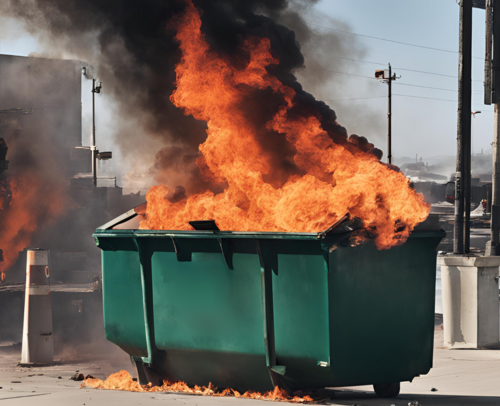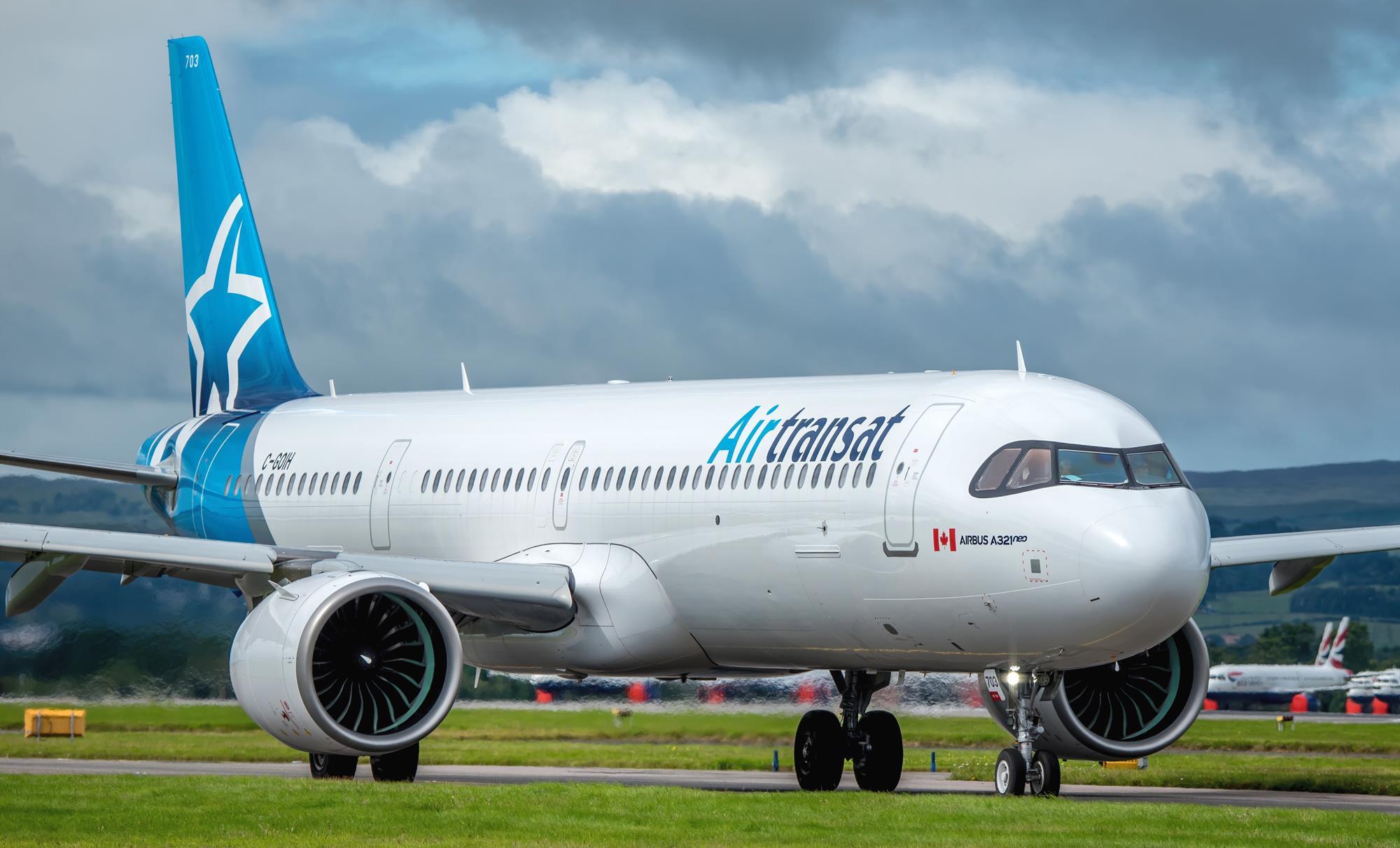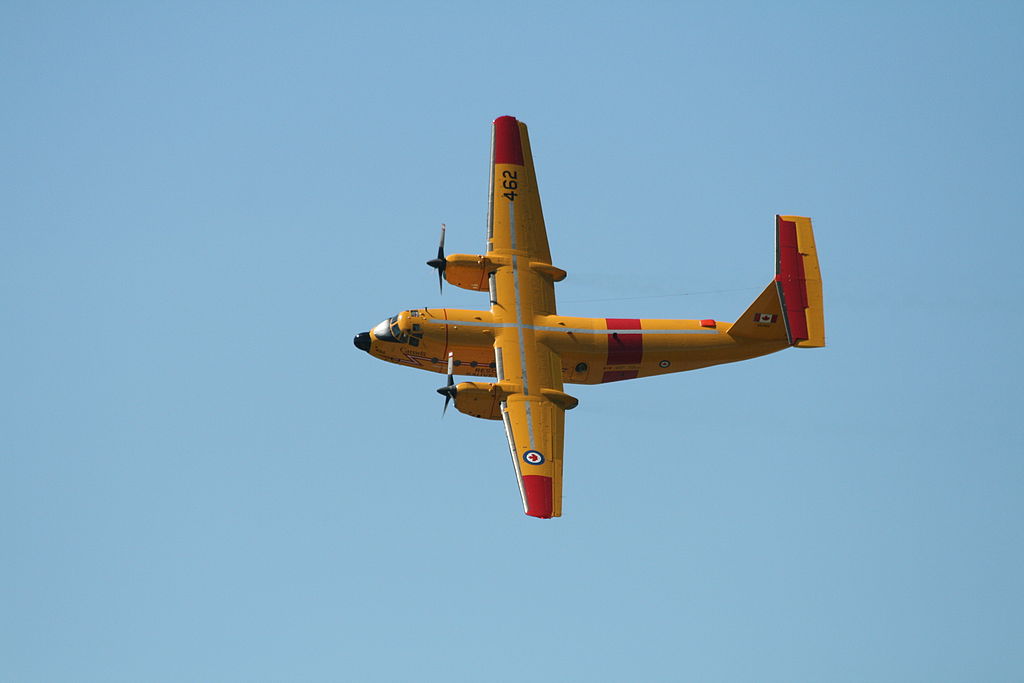
Arrival by flatbed truck might not be the most ceremonious for an iconic aircraft, but the final operational CC-115 Buffalo, bearing the designation No. 115-452, now finds its home in the reserve hangar of the Canada Aviation and Space Museum in Ottawa. There, it is carefully preserved for future generations to admire.
This search-and-rescue (SAR) aircraft was officially unveiled in its ultimate resting place on Nov. 28 after an impressive 55-year career serving as a tactical transport and SAR platform for the Royal Canadian Air Force (RCAF).
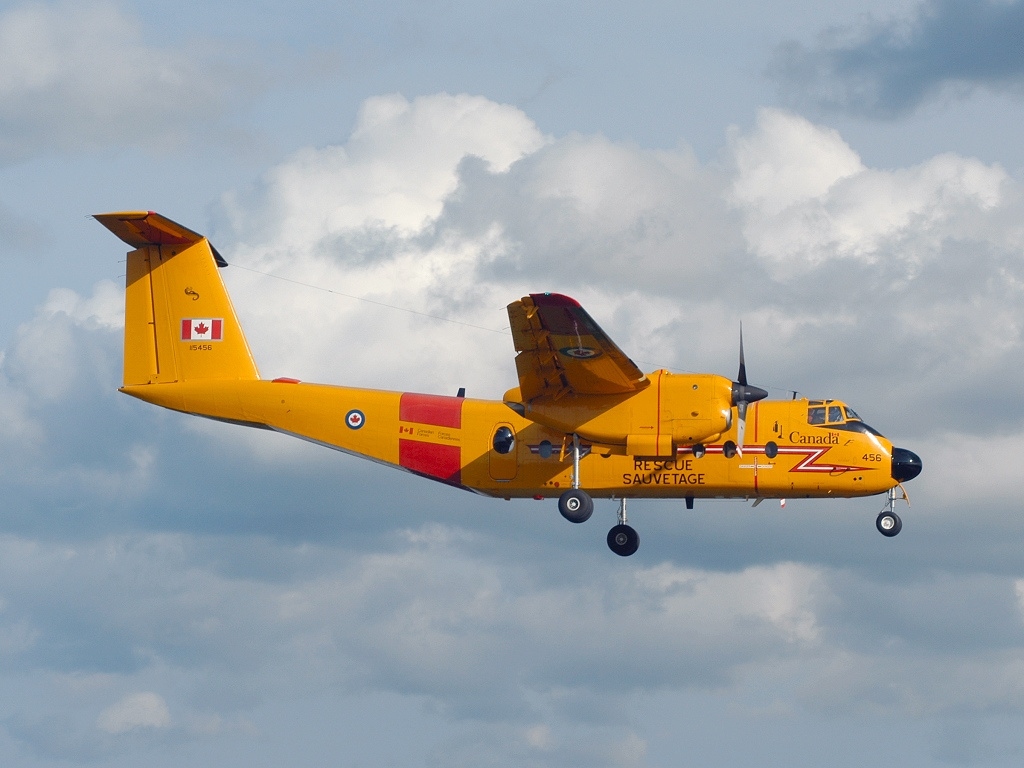
Originating from the de Havilland Canada production line in 1967, the DHC-5 utility transport turboprop entered active service in July with 429 Squadron in Saint-Hubert, Que. Its first international deployment occurred during Operation Danaca in 1973, as part of a United Nations Emergency Force monitoring the cease-fire following the Yom Kippur War. Tragically, one of the Buffalos, No. 461, was shot down on Aug. 9, 1974, by a Syrian surface-to-air missile, resulting in the loss of all nine Canadian Armed Forces personnel on board.
Following these events, No. 452 participated in Operation Oxide, offering transportation assistance to Commonwealth election observers during the February 1980 election in what was then Rhodesia, now Zimbabwe. Known for its exceptional short takeoff and landing capabilities, this derivative of the piston-powered DHC-4 Caribou transitioned to a SAR role in the late 1970s. It subsequently joined the fleet at 19 Wing Comox, B.C., in the early 1980s, after its deployment in Africa.
No. 452 served in various locations, including Summerside, P.E.I., and Comox, eventually becoming a permanent fixture at 19 Wing. Among the last six of the 15 DHC-5s initially acquired by the RCAF, it operated under 442 Transport and Rescue Squadron since the early 2000s.
While the museum continues its research on No. 452’s operational history and notable SAR missions, Erin Gregory, curator of Aviation and Space, revealed that its final operational flight took place on Jan. 15, 2022, showcasing the Buffalo’s unique SAR capabilities.
Captains Fahim Awan and Matt Hart of 442 Squadron conducted a training flight through challenging weather conditions, simulating various scenarios, including radio and bailing pump drops to a vessel in distress. The Buffalo concluded its final flight with a flyover of Comox, a salute to supporters, and a touching reception on the runway.
Following this last mission, No. 452 was flown to 8 Wing Trenton, ON, in April 2022, awaiting space at the museum. The relocation, termed the “Buffalo Shuffalo,” involved careful maneuvering of other aircraft to make room for the iconic CC-115.
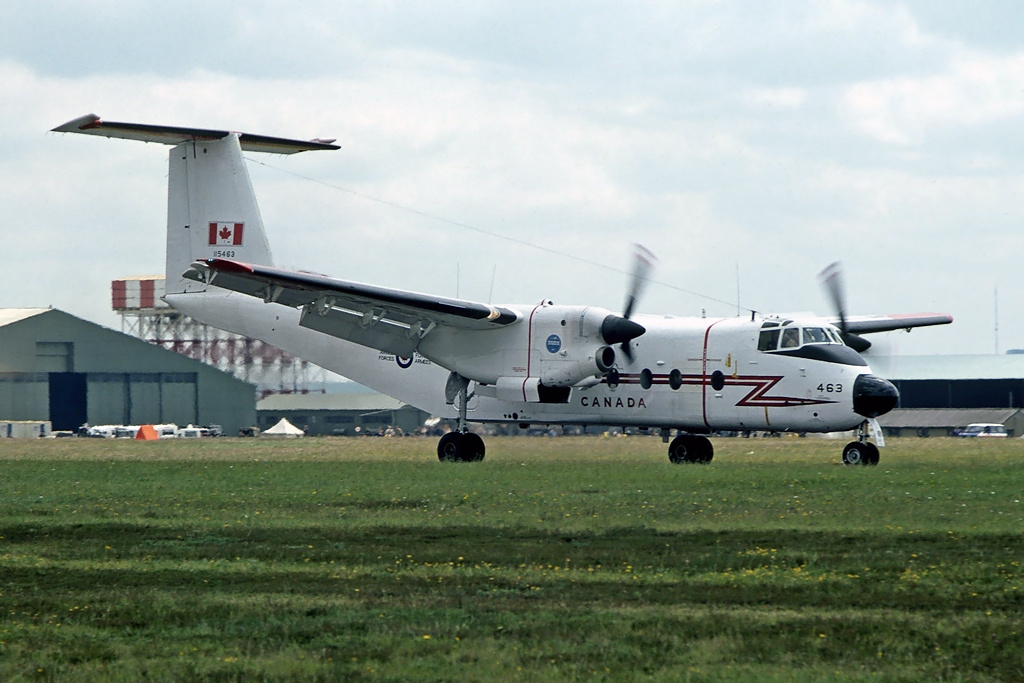
As the aircraft is now part of the Canada Aviation and Space Museum, Gregory emphasizes the importance of preserving this piece of history for future generations. She highlights the Buffalo’s unique role in the SWINTER aircrew trials, which allowed women to serve in non-traditional roles within the Air Force, marking a significant historical moment for women in aviation.
The museum plans to display the flight suit of the first female engineer to qualify on a Buffalo as part of its Cold War exhibition. Despite the occasional turbulence in the unpressurized cabin and low-altitude operations, the Buffalo was described as “graceful” in flight, leaving a lasting legacy that the museum aims to share through research and exhibitions.

